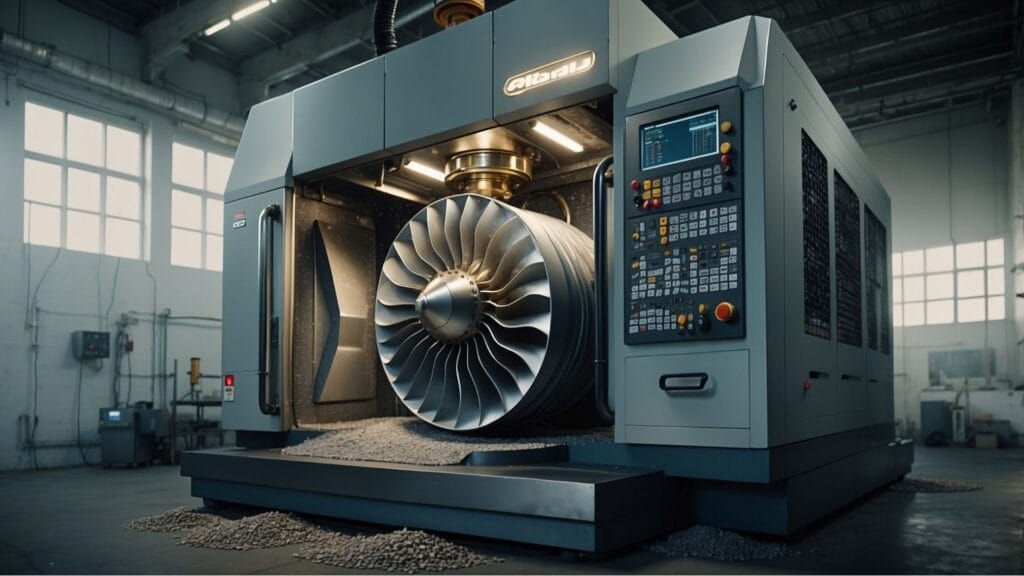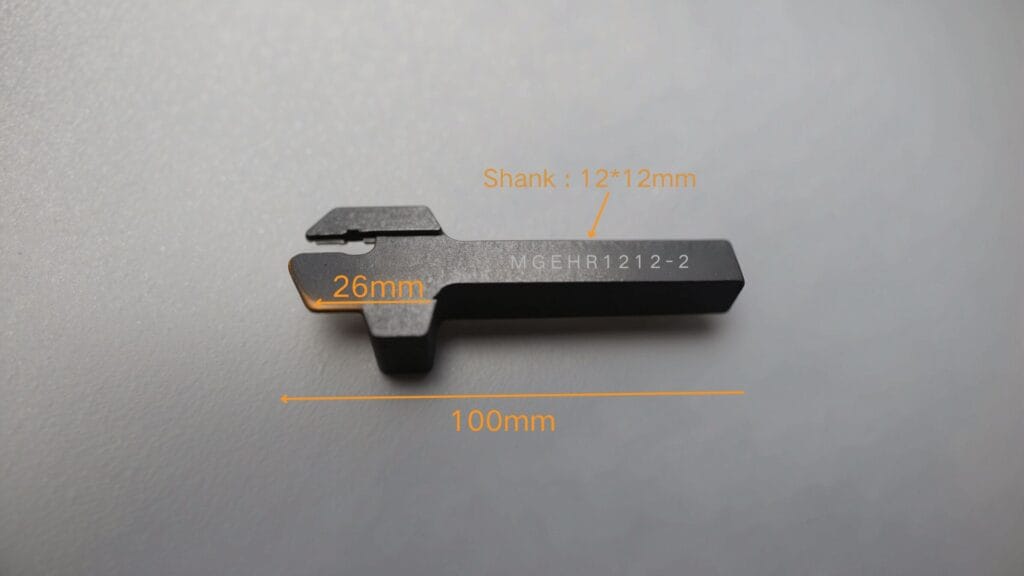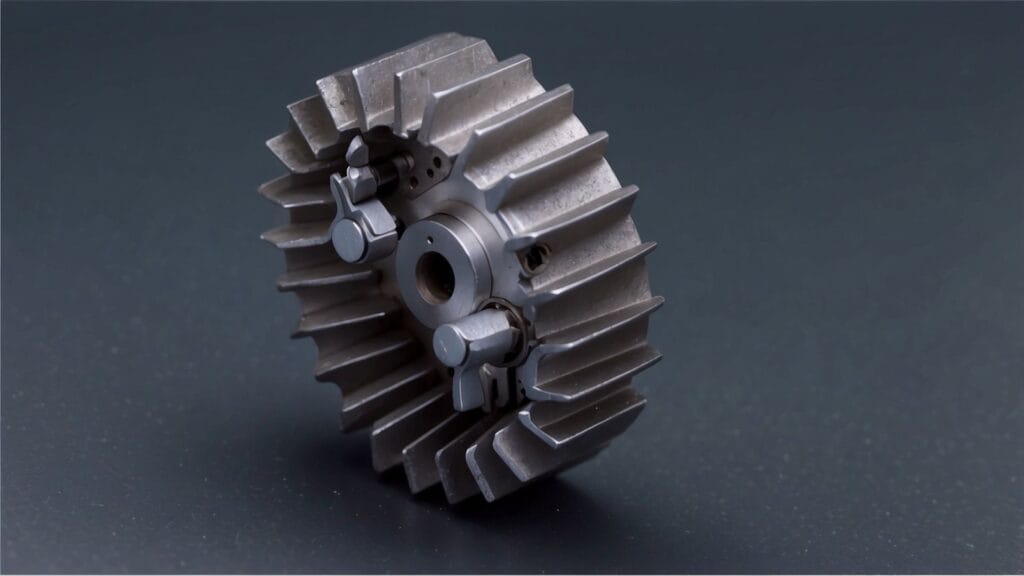CNC machines are essential in modern manufacturing, with their performance and efficiency directly impacting production quality and output. Proper parameter settings are crucial for ensuring smooth operation and the production of high-quality products.
Join us for a discussion on CNC machine parameters! This article will cover the types of parameters, factors influencing their settings, the steps for configuration, recommended parameters for different materials, and methods for optimizing parameter settings.
What Types Does Main CNC Machine Parameters Have?
Have you ever wondered what makes CNC machines operate smoothly? The answer lies in the parameters! Each type has its unique function and significantly contributes to the overall performance of the machine. Let’s delve deeper into this!
Motion Parameters:Motion parameters include the moving speed, acceleration, and path planning of the machine’s axes. These parameters directly affect the machining efficiency and dynamic performance of the machine. The moving speed determines how quickly the machine can transition between different operations, while acceleration impacts the machine’s responsiveness during direction changes. Path planning refers to the machine’s ability to move along a specific trajectory, which is crucial for ensuring machining accuracy and minimizing time loss.
Cutting Parameters:Cutting parameters mainly include cutting speed, feed rate, and cutting depth. These parameters directly influence the material removal rate and tool lifespan. Cutting speed refers to the velocity at which the tool contacts the workpiece; higher cutting speeds can often improve production efficiency but may also accelerate tool wear. The feed rate indicates how far the tool advances during each rotation, affecting the smoothness of the machining process. Cutting depth is the distance the tool penetrates the workpiece with each cut; excessive depth can lead to instability or tool breakage.
Position Parameters:Position parameters involve the coordinate positioning accuracy and the clamping position of the workpiece. Coordinate positioning accuracy is directly related to the dimensions and tolerances of the finished parts, ensuring they meet design specifications. The accuracy of the clamping position is crucial for the stability of the machining process; proper clamping can prevent vibrations during cutting, ensuring precision and quality in machining.
Auxiliary Parameters:Auxiliary parameters include the use of cooling fluids, tool wear monitoring, and vibration monitoring. These parameters play an important role in optimizing the machining process and enhancing product quality. Proper selection and flow regulation of cooling fluids can effectively reduce tool wear and thermal deformation of the workpiece, maintaining machining stability. Tool wear monitoring involves real-time observation of tool conditions to ensure timely replacement, preventing quality issues due to tool deterioration. Meanwhile, vibration monitoring helps ensure stable machine operation, reducing uncertainties during the machining process.
What Are The Factors Influencing CNC Machine Parameter Settings?

Just as a chef needs to consider many factors to perfect a recipe, setting CNC machine parameters is an art that requires careful consideration of numerous elements.
Material Properties:The properties of the material being machined significantly impact the selection of CNC parameters. Harder materials typically require slower feed rates and higher spindle speeds to prevent tool wear, while softer materials may allow for faster processing. Additionally, factors like thermal conductivity and brittleness can dictate cooling methods and cutting depths to avoid deformation or damage.
Tool Type:The type of tool used plays a vital role in determining parameter settings. Different tools have unique geometries and materials, which affect their cutting performance. For instance, carbide tools can withstand higher speeds and feed rates compared to high-speed steel tools. Selecting the right tool not only enhances efficiency but also ensures better surface finish and accuracy.
Machining Requirements:The specific requirements of the machining operation—such as tolerance, surface finish, and part complexity—directly influence parameter settings. High-precision parts necessitate tighter tolerances and slower feed rates, while simpler geometries may allow for faster operations. Understanding the end-use of the component helps determine the optimal balance between speed and quality.
Machine Performance:Each CNC machine has its own specifications, capabilities, and limitations. Factors such as rigidity, spindle power, and drive systems can affect how parameters should be set. A machine with higher rigidity may handle aggressive cutting parameters better, while a less rigid machine might require more conservative settings to maintain accuracy and prevent vibrations. Familiarizing yourself with your machine’s performance characteristics is essential for effective parameter adjustments.
Steps To Set CNC Machine Parameters
Setting up a CNC machine can feel like preparing for a space mission – every step is crucial to success. Let’s embark on this step-by-step journey to ensure your CNC machine operates with stellar precision and efficiency.
Step1 Read Machine Manual
Start by thoroughly reviewing the machine manual. This document contains critical information about your specific CNC machine, including its capabilities, limitations, and recommended settings. Understanding the features of your machine is crucial for effective parameter adjustments.
Step2 Determine Machining Requirements

Next, identify the machining requirements for your project. Consider factors such as part dimensions, tolerances, surface finish, and complexity. Clearly defining these parameters will guide your subsequent decisions and ensure the final product meets specifications.
Step3 Select Tool And Material
Choose the appropriate tool and material based on your machining requirements. The tool type and material directly affect the cutting performance, so select a tool that is compatible with the material you are working with. This selection will set the stage for optimal machining results.
Step4 Set Motion Parameters
Once you have your tool and material selected, set the motion parameters. This includes defining the feed rate, spindle speed, and acceleration. Proper motion settings will ensure smooth operation and help prevent issues such as excessive wear or tool breakage.
Step5 Set Cutting Parameters
After the motion parameters are established, focus on cutting parameters. This includes cutting depth, engagement strategies, and the type of cut (e.g., climb or conventional milling). These settings are critical for achieving the desired material removal rates and surface quality.
Step6 Set Position Parameters
Next, set the position parameters. This involves defining the work coordinate system (WCS) and tool offsets. Accurate positioning is essential for ensuring that the machine operates within the correct spatial framework, which directly affects machining precision.
Step7 Set Auxiliary Parameters
Finally, configure any auxiliary parameters. These may include settings for coolant, chip removal, and machine safety features. Properly setting these parameters can enhance machining efficiency and improve overall safety during operation.
What Are The Recommended Parameters For Different Materials?
Are you working with aluminum or steel? Maybe titanium or plastics? Each material you encounter in CNC machining has its own personality, demanding specific parameters to befriend it. Let’s get acquainted with the recommended settings that will make these materials shine under your expert guidance.
Metals
For machining metals, the following parameters are generally recommended:
- Spindle Speed: Higher spindle speeds are often necessary for metals, especially harder alloys. Speeds typically range from 800 to 3,000 RPM, depending on the specific metal and tool used.
- Feed Rate: A moderate to high feed rate is usually effective for metals. Typical values can range from 0.05 to 0.25 inches per revolution (IPR) or higher, based on the metal type and tooling.
- Cutting Depth: For most metals, a cutting depth of 0.020 to 0.150 inches is common. Deeper cuts may require adjustments to speed and feed rates to manage heat and tool wear.
- Coolant: Using coolant is crucial when machining metals to dissipate heat and reduce tool wear. Flood cooling or misting is often recommended.
Plastics
When machining plastics, the following parameters are suggested:
- Spindle Speed: Plastics typically require lower spindle speeds to avoid melting. Speeds between 2,000 and 10,000 RPM are common, depending on the type of plastic.
- Feed Rate: A higher feed rate is advisable to minimize heat generation. Recommended values usually range from 0.10 to 0.50 IPR.
- Cutting Depth: Shallow cuts are often best for plastics, typically around 0.010 to 0.050 inches. This helps prevent deformation and ensures a clean finish.
- Coolant: While coolant may not always be necessary for plastics, using air or mist cooling can help prevent melting and improve surface finish.
Composites
For machining composites, consider the following parameters:
- Spindle Speed: Spindle speeds typically range from 10,000 to 25,000 RPM. The exact speed will depend on the composite material and tooling.
- Feed Rate: A lower feed rate is often required to prevent delamination. Recommended values are around 0.02 to 0.08 IPR.
- Cutting Depth: Shallow cuts are generally preferred, with depths of around 0.010 to 0.050 inches to minimize stress on the material.
- Coolant: Using a coolant is highly recommended to reduce heat buildup and prevent damage to the composite structure. A mist or air cooling can be effective.
How To Optimize CNC Machine Parameter Settings?

Optimization is not a one-time event but a continuous journey of improvement. Optimizing your CNC machine parameters can elevate your machining game. Here are some tips to get you started!
Utilize Simulation Software: Using simulation software is a powerful way to optimize CNC machine parameters before actual machining begins. This software allows you to create virtual models of your machining process, helping you visualize and predict outcomes without the risk of material waste or tool damage. By inputting your material properties, tooling options, and desired part specifications into the software, you can test various parameter combinations such as spindle speeds, feed rates, and cutting depths. Analyzing these simulated results enables you to identify the most efficient settings tailored to your specific project, ultimately leading to more effective machining.
Implement A Feedback Loop: Establishing a feedback loop during the machining process is crucial for continuously optimizing CNC parameters. This approach involves collecting real-time data on key metrics such as tool wear, surface finish, and machining time during the operation. By monitoring these factors, you can gain insights into the effectiveness of your current settings. Based on the collected data, you can make incremental adjustments to parameters like feed rate and cutting depth. This iterative process allows you to refine settings in response to actual performance, ensuring that your machining operations become increasingly efficient and effective over time.
Conduct Controlled Experiments: Conducting controlled experiments allows you to systematically test the effects of different parameters on machining outcomes. This method provides valuable insights into the relationships between settings and performance. By designing an experiment with specific parameters to test, you can isolate the impact of individual settings. For example, you might vary the spindle speed while keeping the feed rate constant to see how it affects surface finish. After conducting your experiments, analyzing the data will help you determine the most effective parameter combinations. Using statistical methods to assess the significance of your findings will inform future parameter settings, ensuring continuous improvement in your machining processes.
Conclusion
You now have your own guide to mastering CNC machine parameters. Remember, behind every successful CNC operation lies a set of meticulously adjusted parameters. Setting CNC machine parameters is crucial for ensuring the machine operates correctly and produces high-quality products. By understanding the types of CNC machine parameters, the factors influencing parameter settings, the steps for setting them, the recommended parameters for different materials, and the methods for optimizing parameter settings, you can enhance production efficiency and product quality. Keep in mind that continuous learning and adaptation are the keys to success in the CNC machining industry!
Final Thoughts
Setting CNC machine parameters is vital in ensuring machining success. As a professional with 15 years of CNC machining service experience I’ve seen firsthand how precise adjustments in cutting speed, feed rate, and tool selection can enhance product quality. For instance, in a recent project involving aerospace components, we optimized these parameters, which reduced cycle time by 30% while maintaining stringent tolerances. This improvement not only met our client’s expectations but also reinforced our reputation for reliability. At our company, we leverage such expertise to deliver high-quality CNC machining solutions tailored to specific project needs. If you’re looking for precision and efficiency, Ultirapid is here to assist you!
FAQS
What Are The Parameters Of The Machining Process?
Machining process parameters include:
Material Properties: Guides parameter selection.
Cutting Speed (Vc): Influences tool life and surface finish.
Feed Rate (f): Affects machining time and quality.
Depth of Cut (d): Impacts efficiency and tool wear.
Tool Geometry: Affects cutting performance.
Coolant Type and Flow Rate: Reduces heat and friction.
Machine Tool Parameters: Includes spindle speed and rigidity.
What Are The Parameters Of The CNC Turning Process?
The main parameters of the CNC turning process include:
Spindle Speed: Influences cutting speed, typically measured in RPM (revolutions per minute).
Feed Rate: The distance the tool advances per revolution, affecting surface finish and machining time.
Cutting Depth: The depth of cut per pass, impacting material removal rate and tool wear.
Tool Geometry: The shape and angle of the cutting tool, affecting cutting efficiency.
Coolant Type and Flow Rate: Helps control heat and improve surface finish.
Cutting Tool Material: Influences the durability and cutting performance of the tool.
Workpiece Material: Determines the basis for parameter settings and impacts machining results.
How To Choose The Parameters For CNC Machining Of Aluminum?
To choose parameters for CNC machining of aluminum, consider the following:
Cutting Speed: Typically ranges from 200 to 600 m/min, depending on the alloy and tool material.
Feed Rate: Commonly set between 0.1 to 0.5 mm/rev, balancing productivity and surface finish.
Cutting Depth: Roughing can use depths of 3 to 5 mm, while finishing should be around 0.5 to 2 mm for better surface quality.
Tool Material: High-speed steel (HSS) or carbide tools are recommended, with carbide preferred for durability.
Tool Geometry: Use tools with positive rake angles to enhance cutting efficiency and reduce forces.
Coolant: Implement coolant systems (water-soluble or mist) to manage heat and improve finish.
Clamping and Setup: Ensure proper clamping to minimize vibrations and enhance accuracy.




